Placed on the Moroccan beach, at the Atlantic Ocean, Rabat is the place, which best reflects the history of Morocco, along with its culture and modernity, and leaves the travelers with an exceptional experience. This city owes its rich history in part to the Kasbah of the city with its narrow streets, choice of colour palette and spectacular views. There are heavy stones and busy bazaars, Rabat, Rabat makes everybody intermingle, he has, everything you can see and do.
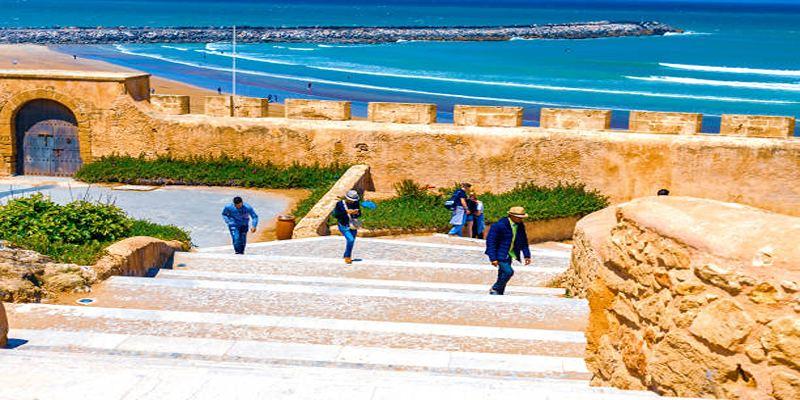
The Kasbah of the Udayas is the pride and jewel of Rabat, which is located ruinously on a cliff facing the Atlantic Ocean and Bou Regreg River. This 12th architecture displays the gorgeous Almohad architecture that has its impressive walls and geometric designs.
Stroll across the small cobblestone lanes with white and blue painted houses forming picture-perfect scenes at every corner. The difference between the old stone walls and the colorful doorways is the story of hundreds of years of Moroccan life. Visit the little cafes where people sit in corners and have mint tea and lively conversations.
The Kasbah is also at a good position to reach and relish the panoramic view of the ocean, making it the best place to take photographs and enjoy sunsets. Andalusian Gardens in the complex will offer us a serene space with its husbanded lawns, orange trees and traditional Islamic garden.
The Hassan Tower is the symbol of Rabat, the building that was to serve as the tallest tower of what was to be the largest mosque in the world. This began during the year 1195, during the leadership of the Almohad Caliph Yaqub al-Mansur, although this was not completed upon his death in 1199.
The towering building with its fine stonework and geometric pattern designed in an amazing 44 meter sandstone tower features wonderful Almohad architecture. The ruins around it, of marble columns, furnish an air feeling which addresses the great extent of the original project. Every pillar of the alley relates some story of Islamic architecture of the Middle Ages and political ambitions of the Almohad dynasty.
The Mausoleum of Mohammed V, located next to the tower, houses the tombs of King Mohammed V and his sons, King Hassan II and Prince Abdallah. Opened in 1971, the structure showcases exceptional Moroccan craftsmanship, featuring intricate mosaics, carved cedar ceilings, and ornate white marble details. Guards in traditional attire add to the grandeur and solemnity of this sacred site.
The medina of Rabat is not as stressful as the marketplaces of Marrakech or Fez and is the best place to explore the country on the first time. The walled city of the 17th century has preserved its authenticity and is easily reachable by tourists.
Boutiques in the ancient souks with the craftsmen who have been practicing centuries-old techniques of leather-working, cloth, and pottery. The air is filled with vendors selling spices (buff colored pyramids of saffron, cinnamon and cumin). You may work gradually and read the makers of carpets or silversmiths an exquisite specimen.
The central street of Rue des Consuls functions as the medina where one can find shops with the traditional caftan as well as contemporary handicrafts. The French colonial high society in the street shows the multifaceted background of Rabat city as an old Moroccan city and the capital of the French protectorate.
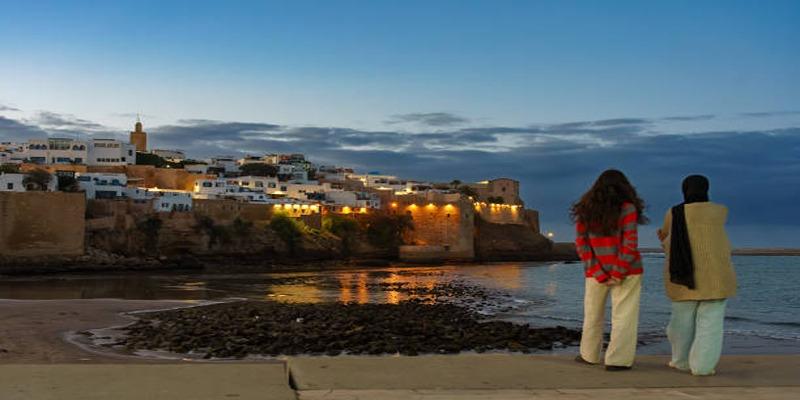
The Royal Palace is still closed to people, but the beauty of its exterior walls and ornate gates can show places that belonged to the kings of the close past. The complex of palaces covers several hectares and is the seat of procession of King Mohammed VI during his stay in Rabat.
The nearby government quarter features the French colonial building of the protectorate era (1912-1956). Large avenues featuring palm trees are the links between different ministries and government offices, different in atmosphere to nearby medina alleys.
Avenue Mohammed V forms the city's main artery, connecting the medina to the modern districts. This wide street is covered with cafes and bookstores and shops where you can observe the everyday life of the political capital of Morocco.
The Chellah archaeological site integrates Roman ruins with medieval Islamic architecture resulting in the formation of a historical layer of more than 2,000 years. The area was a Roman city named Sala Colonia that was transformed into a royal necropolis by the Marinid dynasty in the 14th century.
Examine Roman ruins such as ancient streets, a forum, and a triumphal arch that reflect how powerful the Romans were in North Africa. The difference between Islamic minarets and Roman columns is a great subject of conversation between various worlds.
Beautiful tile work, carved stone decorations and the romantic ruins of a mosque and madrasa are also depicted in the medieval section. Storks can be found nesting onto the old walls to make the landscape a little bit more natural. The complex has gardens which offer some shade and stillness, making it a perfect place to take photos.
The Mohammed VI museum of Modern and Contemporary Art portrays both the artistic heritage of Morocco and also showcases international contemporary art. This high-tech center was opened in 2014, and this indicator demonstrates that Rabat has three views on culture development and creativity.
It is also represented by a permanent collection of the works of the most known artists of Moroccan origin like Farid Belkahia, Mohamed Melehi and Lalla Essaydi, which help us realize the modern tendencies in art in this very country. Temporary exhibitions consisted of artists abroad and dealt with those matters which were relevant to contemporary Moroccan society.
The architecture of the museum is also interesting, as the sharp lines and the monocrystallines of the buildings form a unique juxtaposition to the historical places of Rabat. The local gardens and sculpture park are extensions of the artistic experience into the external areas.
The Atlantic coastline of Rabat is a good break after sightseeing, and there are a few beaches where one can relax and enjoy the water. A quick trip to the beach is available in the city beach near the Kasbah.
The Corniche area adorns modern cafes/restaurants that have sea views, ideal to relish fresh and sea foods as the sun sets. Here, local families also meet during the evenings and this contributes to an amusing atmosphere which reflects the modern Moroccan social life.
To find a more isolated experience, explore closer bars and go to Temara or Skhirat (or one of their beaches) where the sand is cleaner and there are fewer people. These are easily reachable by taxi or rent and provide an overview of the beautiful Atlantic coastline in Morocco.
Rabat is the perfect gateway to Moroccan culture, blending history, stunning architecture, and modern comforts without the hustle of larger tourist hubs. Its manageable size and great transport links make it ideal for short trips or longer stays. Visit Rabat and discover the rich heritage and traditions of Morocco as prequel to a deeper and more fascinating journey to this stunning nation.
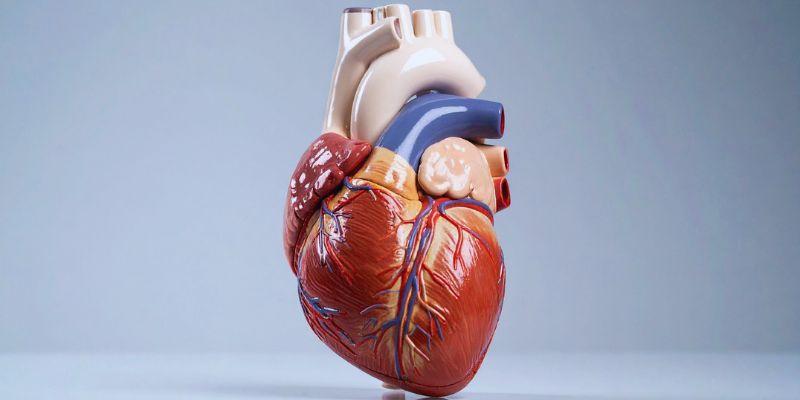 TOP
TOP
If you still believe that women don’t get heart diseases or that only older people can have heart diseases, you are wrong
 TOP
TOP
How building wealth is possible at any age with practical strategies that focus on consistent habits, smart choices, and long-term thinking
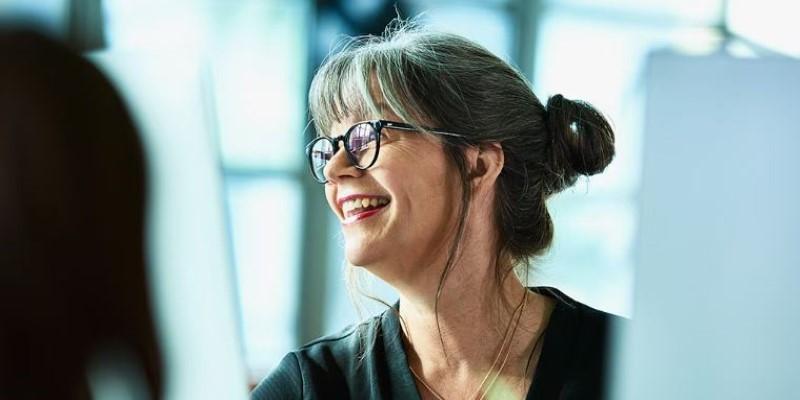 TOP
TOP
Start making the most of your 401(k) today and secure a stronger financial future. Learn how timing, employer matches, and smart contributions can improve your retirement
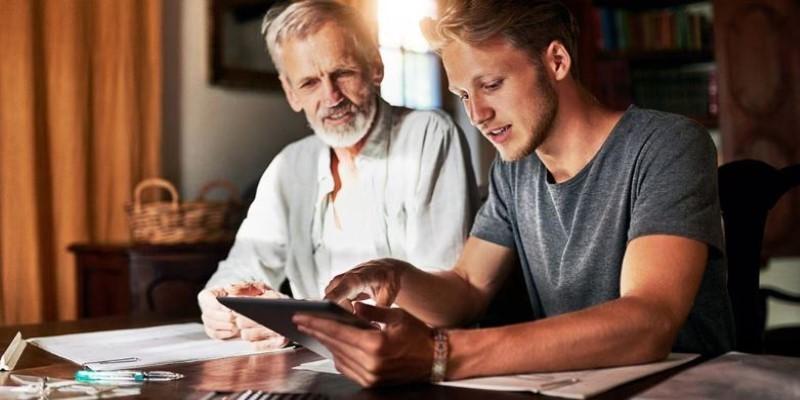 TOP
TOP
How financial aid for college works—from grants and scholarships to loans and work-study programs. Get clear, practical guidance for every funding option
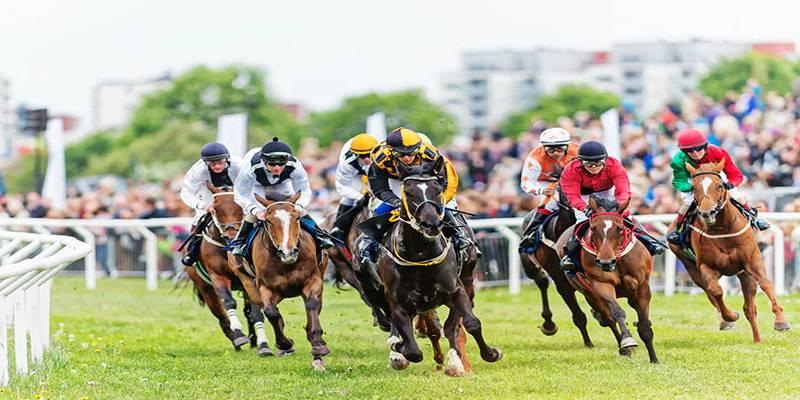 TOP
TOP
Discover 5 unique horse races that take place around the world, blending speed, thrill, and stunning cultural locations.
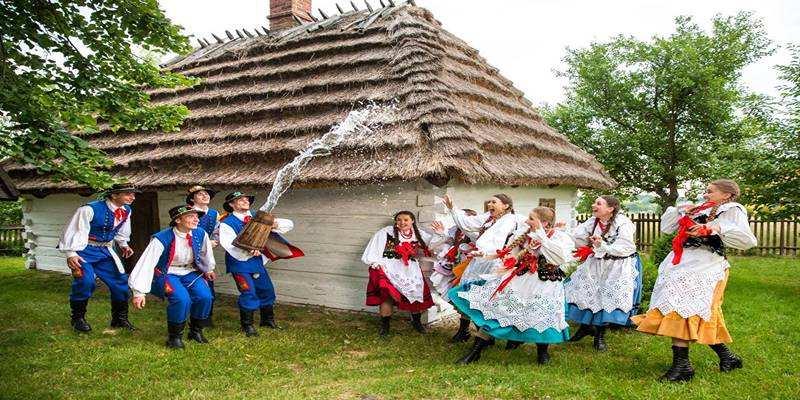 TOP
TOP
Discover how Easter is celebrated across countries, from egg rolling to water fights, offering joy through local traditions.
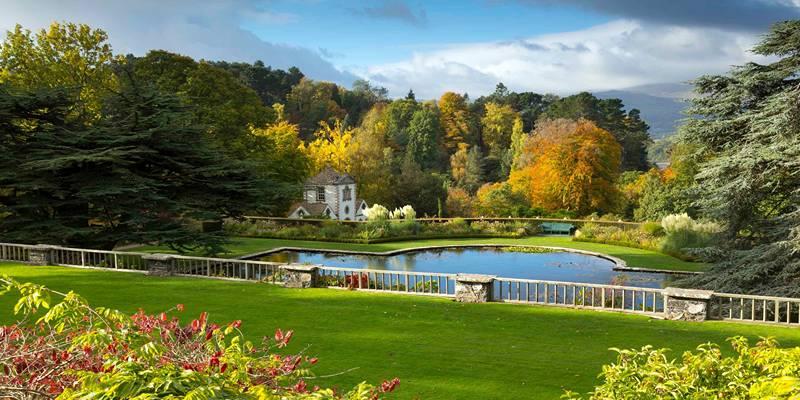 TOP
TOP
Explore North Wales’ most breathtaking gardens, from serene floral paths to hillside greenery with sea views.
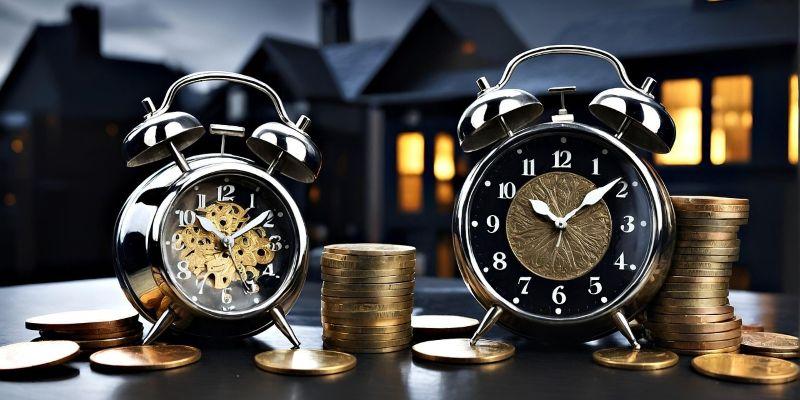 TOP
TOP
Wondering if it’s the right time for a loan? Learn how rates, timing, and your finances impact the decision.
 TOP
TOP
Discover the top reasons to pay credit card bills on time and how it safeguards your credit, money, and peace of mind.
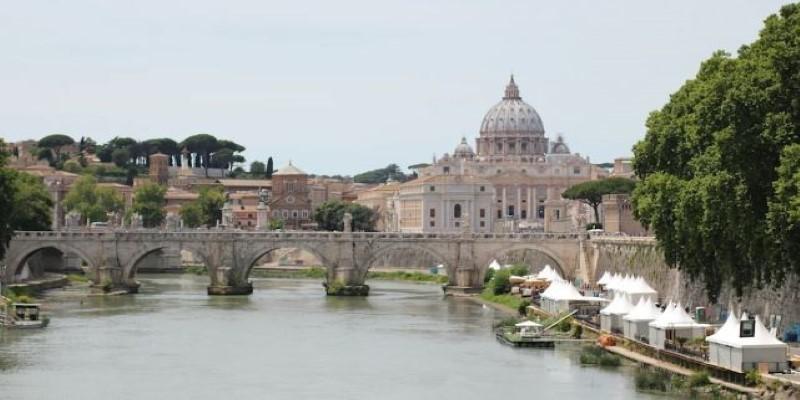 TOP
TOP
Uncover the best experiences in Rome, Italy, with this essential guide. Walk through ancient ruins, explore piazzas, visit historic churches, and get to know the Eternal City at your own pace
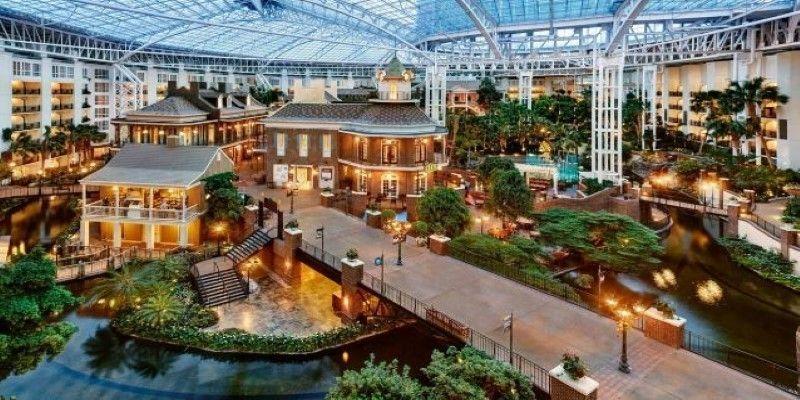 TOP
TOP
Discover the best places to stay in Nashville, from lively downtown hotels to charming neighborhood rentals. Explore top areas suited for music lovers, families, and anyone seeking the perfect Nashville experience
 TOP
TOP
Thinking about a lease buyout? Learn how to evaluate your options, compare costs, and decide whether keeping your vehicle is the right move. Understand the financial side before making your next step